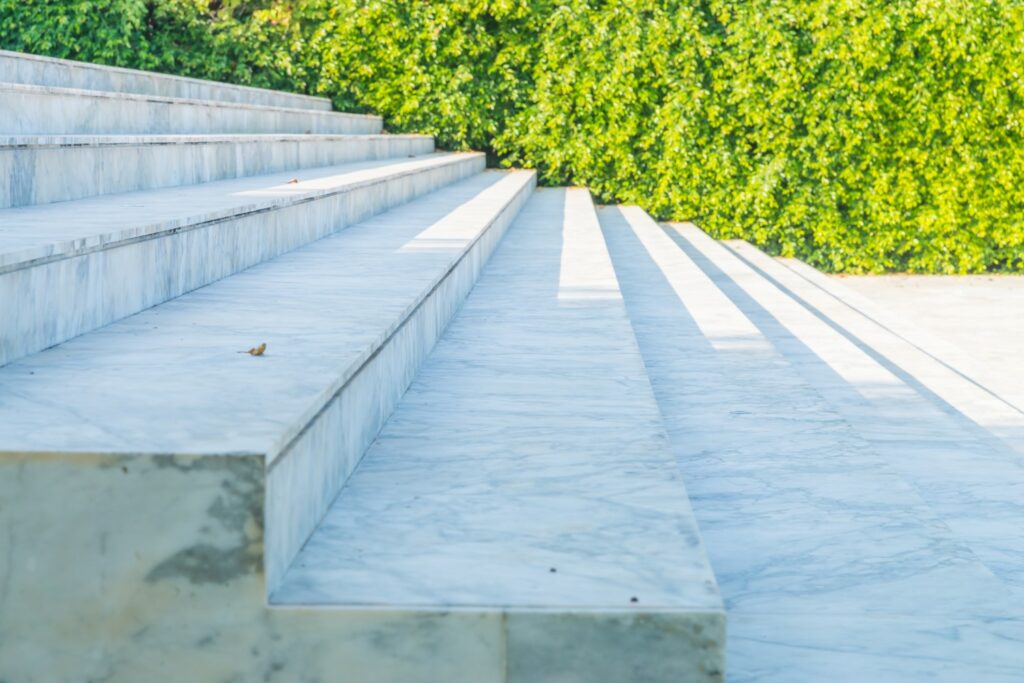Fixing You Property's Concrete
As a professional building manager, issues with your exterior concrete are certainly some problems you’ll see from time to time. Now depending on the severity, you may be able to hold off on repairs, or you will need to act quickly. To make things even a little more complicated, there are county & state regulations one must adhere as well, and you could face possible citations for unsafe conditions. Below are a few issues that often comes along with aging concrete and solutions to solve these problems.
Cracks in your concrete happen for a variety of factors, including weather conditions, heavy loads, and improper installation. Though not necessarily a good look, cracking is very common and is usually no cause for concern. However, the longer you wait to make repairs, the worse it will get over time. Repairing cracks will more than likely require you to hire a concrete specialist. A couple ideas they may offer could be crack injection (inject epoxy), or routing and sealing (cutting a groove, then filling in with sealant). However, if the cracking is too damaged, then a full depth repair may be warranted.
Uneven surfaces: These types of issues are quite hazardous to your community patrons. If the concrete surface is uneven, this can easily trip up walkers and joggers, possibly resulting in injury. A professional may be able to perform slabjacking, which means they will inject material underneath the concrete slab, then raise it up to make level with the other surfaces.
Falling in the category as unsightly, but not dangerous, is staining of the concrete: Stains on concrete surfaces can be caused by spills, weathering, or improper cleaning. To prevent stains, regularly clean the concrete surface with a pressure washer or specialized cleaning solution. If there are existing stains, consider using a stain remover or applying a protective coating to prevent further staining. These measures will improve the overall aesthetics of your exterior layout.
Spalling is a condition where the surface of the concrete begins to flake or peel off due to moisture, freeze-thaw cycles, or other factors. To repair spalling concrete, a concrete professional may Remove any loose or crumbling concrete and clean the surface. Then they may apply a concrete resurfacer and build up the thickness as needed.
In conclusion, as a commercial property manager, it is important to regularly inspect your property’s concrete surfaces and address any issues promptly. Working with a professional concrete contractor can help you ensure that your property’s surfaces are properly installed, maintained, and repaired. By taking these steps, you can help prevent costly repairs and keep your property looking its best.


